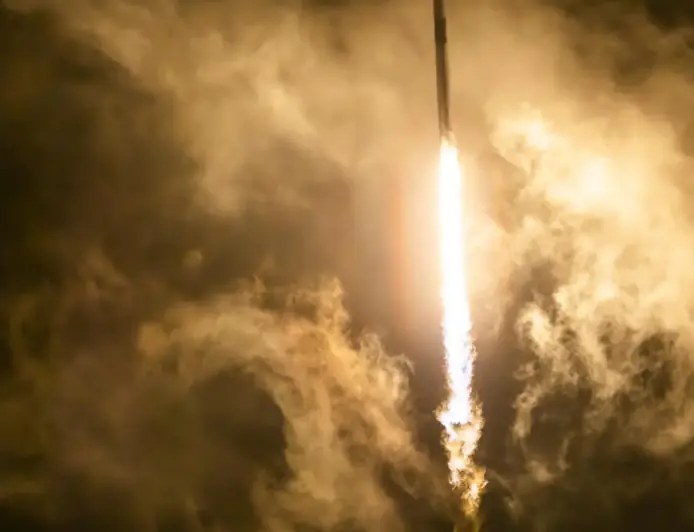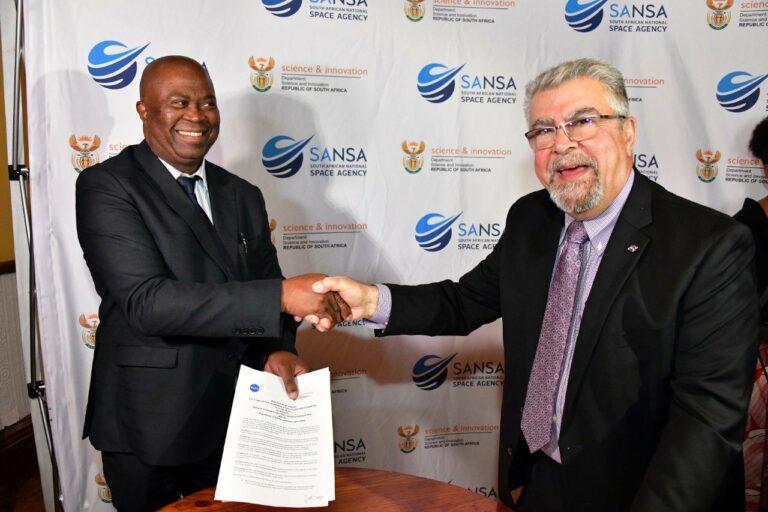NASA’s Communications Services Project: Building the Future of Space Communications
Discover NASA’s Communications Services Project and six industry partners revolutionizing space communications with Starlink, Kuiper, Viasat, SES, Inmarsat, and Telesat.

NASA has always been at the forefront of space exploration, but behind every mission lies a critical backbone: communications. From relaying astronaut voices to streaming scientific data across millions of miles, reliable communication is the lifeline of spaceflight. Today, NASA is transforming this lifeline through the Communications Services Project (CSP)—a bold initiative to harness the power of commercial industry and redefine how spacecraft connect with Earth.
What Is CSP?
The Communications Services Project is NASA’s plan to transition near-Earth communications from government-owned systems to commercially provided services by 2031. Instead of relying solely on NASA’s legacy Tracking and Data Relay Satellite System (TDRSS), future missions will tap into a competitive marketplace of private providers.
This shift means:
- Lower costs for NASA missions
- Faster innovation through private-sector competition
- Expanded capabilities for both government and commercial spacecraft
The Six Industry Partners
SpaceX
Role in CSP: SpaceX is leveraging its Starlink constellation to provide optical intersatellite links. This enables high-speed, low-latency data relay for spacecraft in low-Earth orbit.
Strengths:
- World leader in reusable launch systems.
- Starlink already provides global broadband internet, making it a strong candidate for near-Earth mission communications.
- Optical links promise faster and more secure data transfer compared to traditional radio frequencies.
Viasat Inc.
Role in CSP: Viasat is developing Ka-band relay solutions and its HaloNet system, which was successfully demonstrated on Blue Origin’s New Glenn rocket in 2025.
Strengths:
- Extensive experience in satellite internet and secure communications.
- Provides services across aviation, maritime, and government sectors.
- Focused on multi-band secure connectivity and real-time telemetry relay.
Amazon Kuiper Systems (Project Kuiper / Amazon Leo)
Role in CSP: Amazon’s Kuiper Systems (recently rebranded as Amazon Leo) is building a LEO broadband constellation to deliver fast, reliable internet. NASA is exploring integration of Kuiper’s network for spacecraft communications.
Strengths:
- Backed by Amazon’s global infrastructure and cloud services.
- Plans to deploy over 3,000 satellites for worldwide coverage.
- Focused on affordability and scalability for both consumer and government use.
SES Space & Defense (formerly SES Government Solutions)
Role in CSP: SES offers multi-orbit SATCOM solutions, combining GEO and MEO constellations for resilient, hybrid communications.
Strengths:
- Operates ~120 satellites across multiple orbits.
- Provides secure, end-to-end communications for defense and government missions.
- Known for its O3b mPOWER system, delivering high-throughput, low-latency connectivity.
Inmarsat Government
Role in CSP: Inmarsat focuses on secure, global SATCOM services tailored to government needs.
Strengths:
- Nearly 40 years of experience in mobile satellite communications.
- Provides connectivity for defense, intelligence, homeland security, and public safety.
- Operates a robust GEO satellite fleet with multi-band capabilities.
Telesat U.S. Services
Role in CSP: Telesat is developing its Lightspeed LEO constellation, designed to deliver fiber-like speeds with low latency.
Strengths:
- One of the largest global satellite operators.
- Lightspeed network optimized for telecom, government, maritime, and aeronautical customers.
- Focused on affordability, resiliency, and secure communications.
Key Takeaway from the partnership
Each of these six companies—SpaceX, Viasat, Amazon Kuiper, SES Space & Defense, Inmarsat Government, and Telesat—brings unique technologies to CSP. Together, they’re building a competitive, resilient, and future-ready communications marketplace that will replace NASA’s government-owned systems by 2031.
Why CSP Matters
- For NASA Missions: Future spacecraft will enjoy faster, more flexible, and more secure communications.
- For Industry: Commercial providers gain new markets, supporting not only NASA but also private spaceflight ventures.
- For Innovation: Multiple approaches—optical, Ka-band, multi-orbit SATCOM—ensure the U.S. leads in space communications technology.
A Vision for 2031
By the end of this decade, NASA’s Near Space Network will be powered by commercial relay services, seamlessly connecting spacecraft in low-Earth orbit and beyond. This transformation will free NASA to focus on exploration—returning humans to the Moon, sending missions to Mars, and unlocking the mysteries of the universe—while industry ensures the communications backbone is strong, scalable, and future-ready.
Conclusion
NASA’s Communications Services Project is more than a technical upgrade—it’s a paradigm shift. By embracing commercial innovation, NASA is ensuring that space communications remain robust, competitive, and visionary. For anyone passionate about space, CSP is proof that the future of exploration will be built not just by rockets and astronauts, but by the invisible networks that keep them connected to Earth.
NASA’s Communications Services Project is more than a technical upgrade—it’s a collaboration between government and industry to pioneer the future of space communications. With SpaceX, Viasat, Amazon Kuiper, SES Space & Defense, Inmarsat, and Telesat leading the charge, the next era of exploration will be powered by a communications network as bold and visionary as the missions it supports.
Reward this post with your reaction or TipDrop:
 Like
0
Like
0
 Dislike
0
Dislike
0
 Love
0
Love
0
 Funny
0
Funny
0
 Angry
0
Angry
0
 Sad
0
Sad
0
 TipDrop
0
TipDrop
0













